In the mid-end mobile phone market in 2016, the model equipped with Qualcomm Snapdragon 625 has been well received in terms of battery life/heating. The reason is that the same 14nm process technology as the flagship Snapdragon 820 is the biggest driving force. The process may be One of the most critical factors in determining a chip's performance/fever. By the end of the year, the mid-end market finally had another chip comparable to the Snapdragon 625: MediaTek Helio P20, the same 16nm process technology + 8-core A53 architecture as the Snapdragon 625. So which of these two chips is better?
The author has a red rice 4 carrying the Snapdragon 625 and the charm blue X equipped with the Helio P20, so I made a comparison; first compare the parameters of the two chips, CPU, both use the 8-core A53 architecture, Xiaolong 625 The 8 core frequencies are all 2.0GHz, while the Helio P20 (Charming Blue X) uses 4 high frequency plus 4 low frequency design, the highest frequency is 2.35GHz. Both parameters of the GPU are general, the biggest highlight is the process technology, both of which use the current top 14/16nm process.


After talking about the parameters, let's take a look at the running points. Although the running software has its own limitations, it is still the most valuable reference factor for measuring the quality of a chip. The author selected Ann Bunny and Geekbench as performance metrics. Let's take a look at the performance of the two chips.

éªé¾™ 625

Helio P20

Ann Bunny runs the 625 625 total score of 61916 points, Helio P20 total score of 65,766 points, Helio P20 slightly better, and then specific to each sub-item, the two chips have their own advantages and disadvantages, the difference between the two in UX performance Obviously, the other sub-items are not very different.
The following test Geekbench 4, test CPU single core / multi-core performance, the left side of the picture below is the Helon P20 on the right side of the Xiaolong 625.
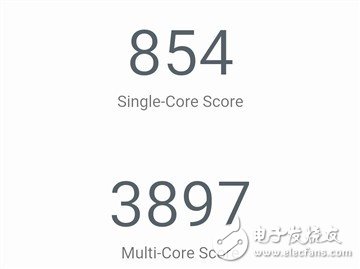
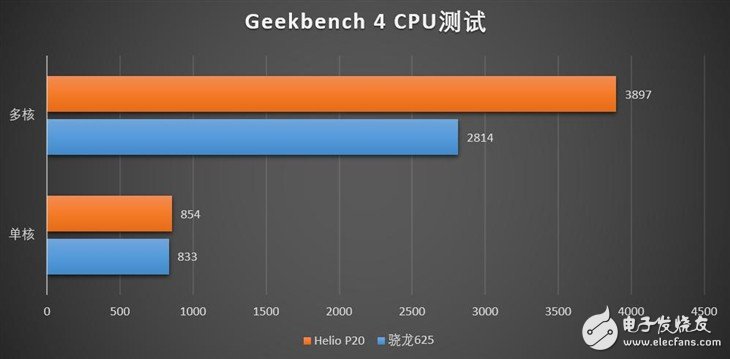
In terms of CPU single-threading, the two are also the A53 architecture. Although the frequency is different, but the single-threaded aspect is not much different, 833 VS 854 points, and the gap between the two is opened on the multi-threaded, Snapdragon 625 multi-core score 2814 Points, while the Helio P20 is more than 1,000 points to reach 3897 points.
After we finish running, we will look at the actual performance of the day. After all, the running software tests the peak performance of a chip, and it is impossible to maintain peak performance in daily use.
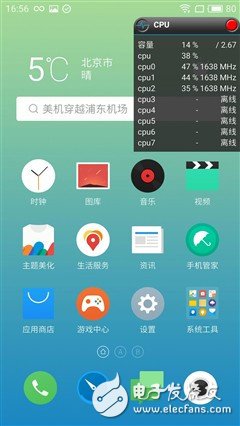
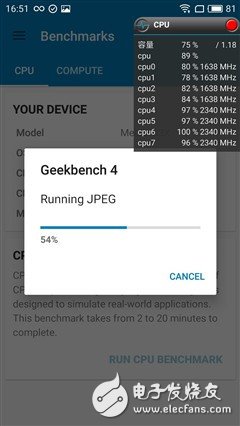

â–²Helio P20 daily core scheduling situation
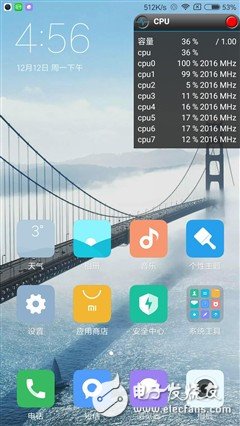
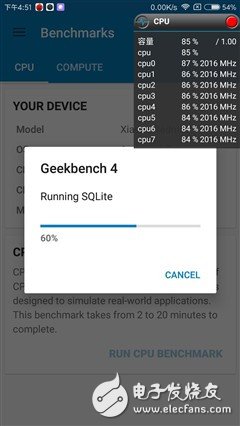
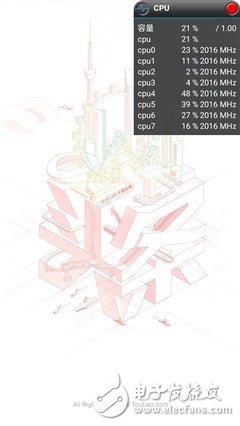
â–²Dragon 625 daily core scheduling situation
In daily use, the core dispatch of the Snapdragon 625 is more active, basically has been fully open in 8 cores, the core frequency is low when used lightly, and the application is running 8 times full-frequency full-time operation, while the Helio P20 core scheduling is not very active, everyday In the case of only about 3 cores, run the sub-gap and open the software to run at full frequency.
Finally, let's take a look at the fever. In fact, the most praiseworthy place of the éª 625 and Helio P20 is the heat control. Thanks to the most advanced 14/16nm process, the heat control of these two chips may be the most performance of all Android mobile phone chips. Ok, on the one hand, it is the top process technology, on the other hand, because the two chips are positioned in the middle, so the CPU and GPU parameters are not strong enough. Compared with the flagship chip, the performance is sacrificed but it is low. Electricity.
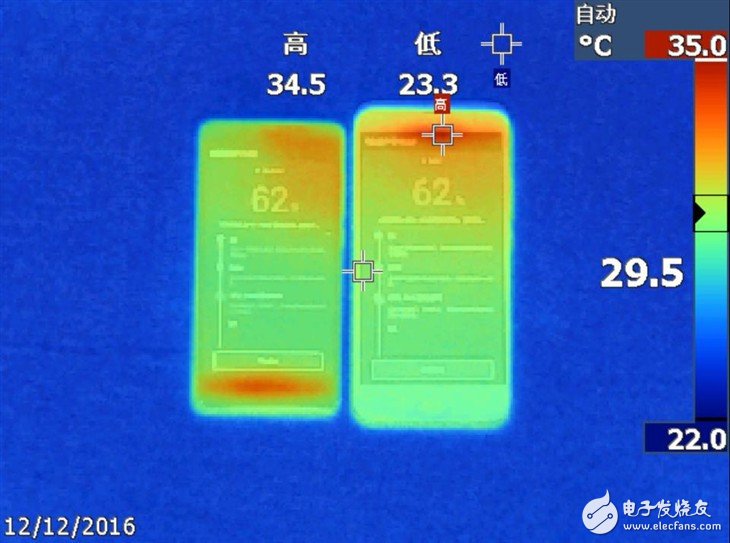
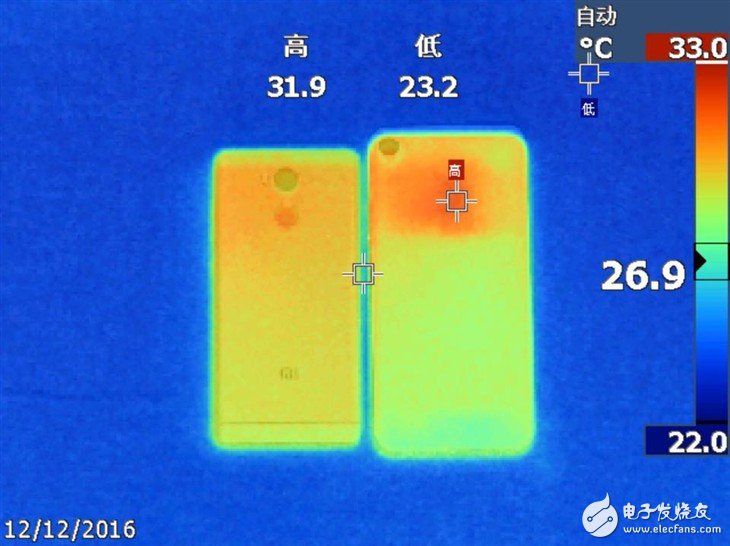
When running the Bunny running test, the heat of the two chips is roughly the same. The maximum temperature of the front of the fuselage is 34.5 °C, and the maximum temperature of the back is 31.9 °C. The body is only warm, and the heat control is very good.
Summary: Through the above, we can see that the overall difference in performance between Xiaolong 625 and Helio P20 is not particularly large. The only difference is that the Helio P20's CPU multi-threading performance is bright, but in daily use, it is not possible to have both. The difference is the most praised point of the two chips is the power consumption / heat control, especially the heat control performance is excellent. The Snapdragon 625 and the Helio P20 will definitely become a generation of gods.
Solar water heating system is a cost-effective system for residential hot water application. This system is designed according to thermosiphon principle and operating with proportion difference between cold and hot water. The water heated by vacuum tubes is held in the stainless steel storage tank where the insulation preserves the heat.
The thermosiphon Solar Water Heater uses the sun to heat the working fluid (mostly water) in the Vacuum Tubes. The Solar Collector absorbs solar radiation, and converts the sunlight to heat and transfer it to the water. The heated water naturally rises through the solar collector into the water tank where the cooler water at the bottom of the tank is forced out and descends to the bottom of the collector (thermosiphon circulation). The circulation will be interrupted when there is no solar radiation.
Solar Panel Hot Water System,Thermal Hot Water System,Thermal Water Heater System,Solar Power Heating System
Linuo Ritter International Co.,Ltd , https://www.lnrtsolarenergy.com